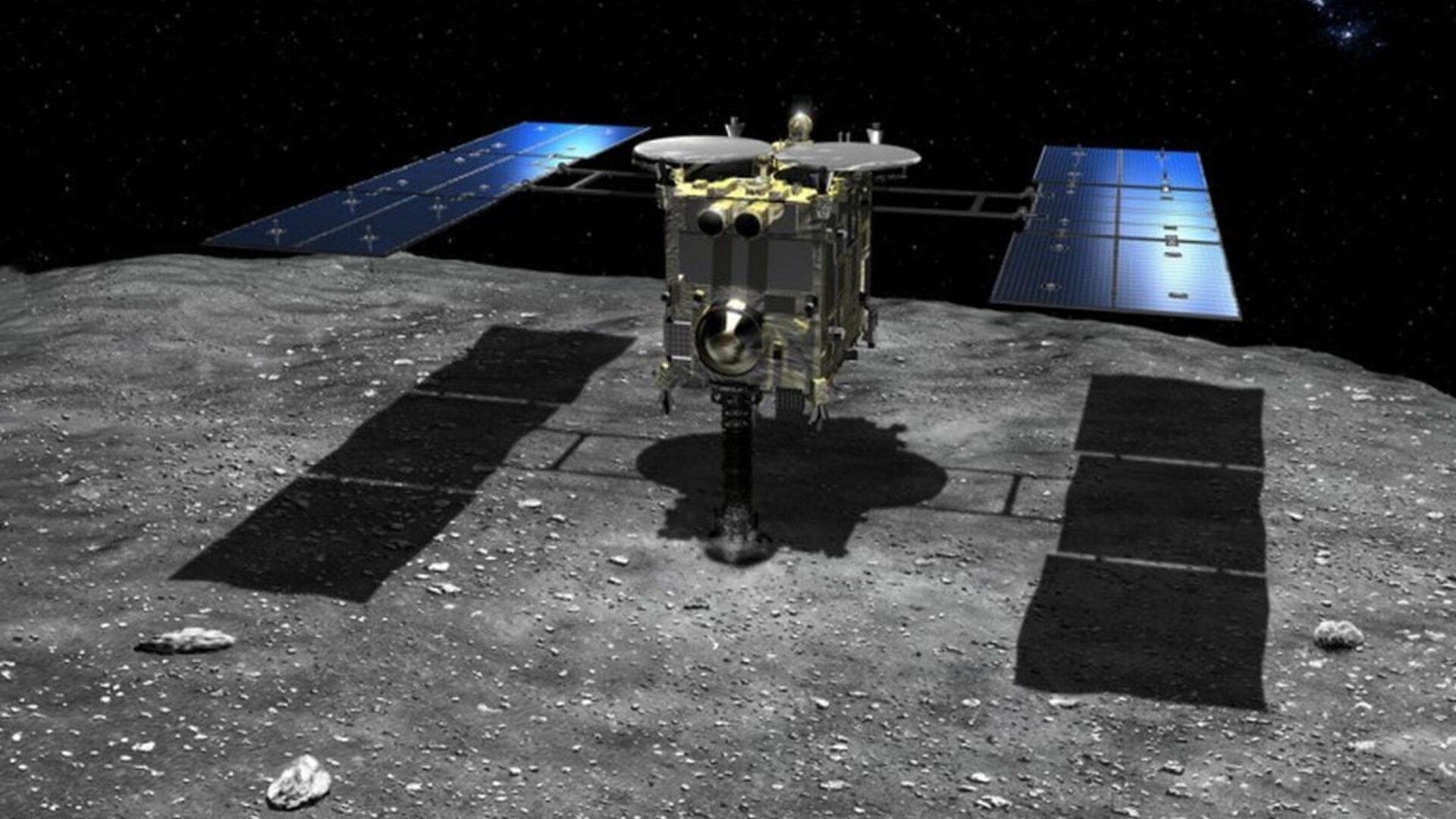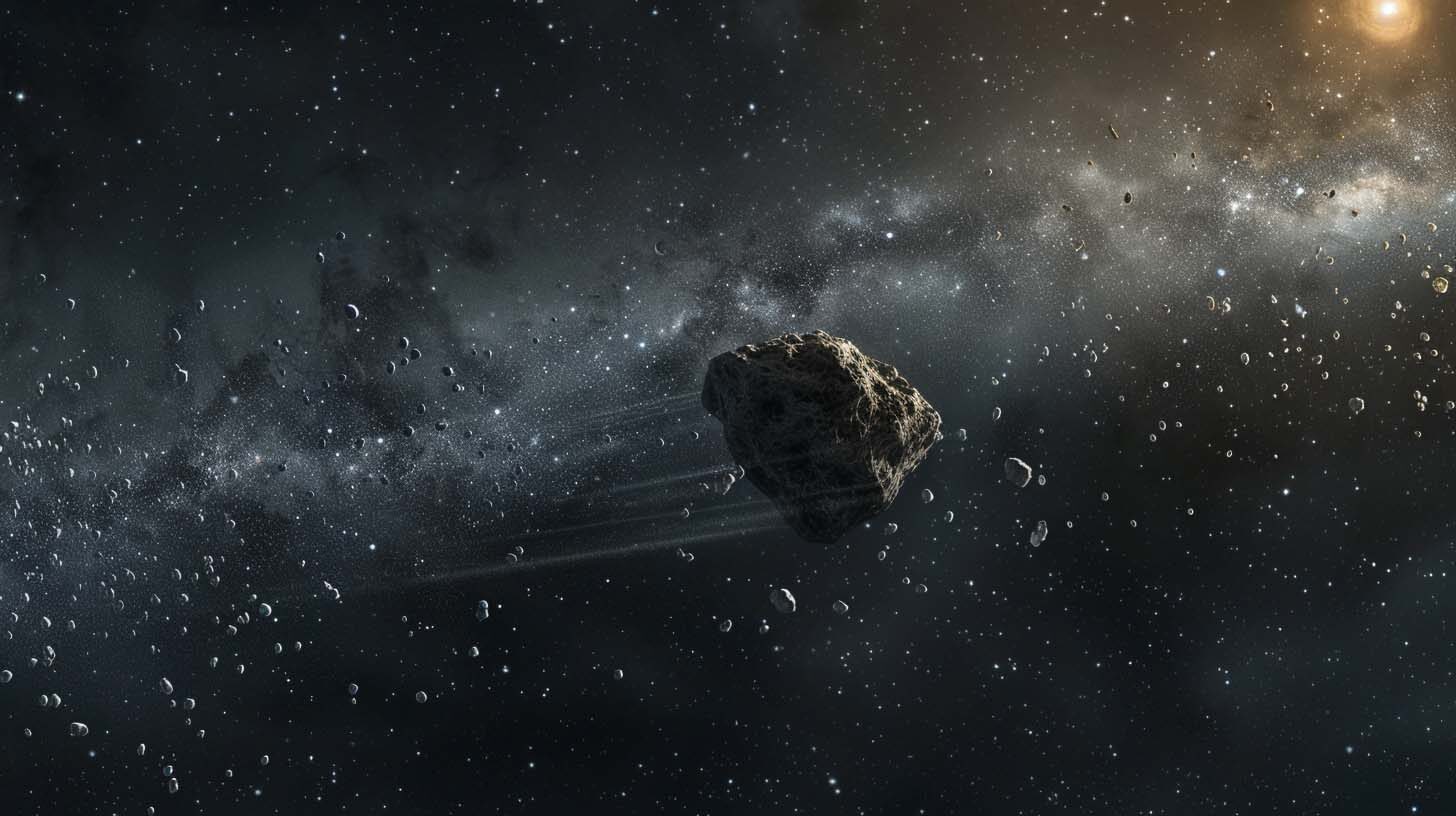
New research shows that when an asteroid slammed into the moon billions of years ago, it carved out a pair of grand canyons on the lunar far side.

If Earth is going to be blown to bits by an asteroid, it'd be nice to have some advance warning and a newly developed equation gives us a better chance of an early heads up.

Asteroid Ryugu possibly did not travel as far from its place of origin to its current near-Earth orbit as previously assumed. New research suggests that Ryugu was formed near Jupiter.

The mysterious objects may be far more common than we thought and may have brought water to Earth.

469219 Kamo’oalewa as a near-Earth asteroid and a quasi-satellite to Earth. However, in 2021, astronomers using spectroscopy revealed that Kamo’oalewa might in fact be a piece of the moon.

Ceres, the largest asteroid in our solar system, harbors a dark secret: extremely young ice deposits in permanently shadowed craters near its poles.

NASA's OSIRIS-REx mission has delivered pieces of asteroid Bennu, which scientists hope will offer a window into the early era of the Solar System billions of years ago.

A NASA spacecraft will fly by Earth on Sunday and drop off what is expected to be at least a cupful of rubble it grabbed from the asteroid Bennu, closing out a seven-year quest.

NASA's scientist, James Garvin, thinks we might have been misreading traces of some of the more serious asteroid strikes that have occurred within the past million years. If he's right, the odds of being hit by something nasty could be higher.

An asteroid large enough to destroy a city has passed between the orbits of the Earth and the Moon, missing both.

Geoscientists have now discovered areas with a massive accumulation of rare earths and unexpected structures.

An international team of researchers studying dust samples retrieved by the Hayabusa-2 space probe, has found that some of its dust grains are older than the solar system.

Nasa's Dart mission has launched on a mission to test technology that could one day tip a dangerous asteroid off course. The spacecraft will crash into an object called Dimorphos to see how much its path can be altered.

The impact on Jupiter was reported by both amateur and professional astronomers. The object’s diameter is estimated at 20 meters and it is believed to be the remnant of a larger comet or asteroid.

A UK team of scientists found organic material and water in a sample of Itokawa, the asteroid the first Hayabusa mission visited over 10 years ago.